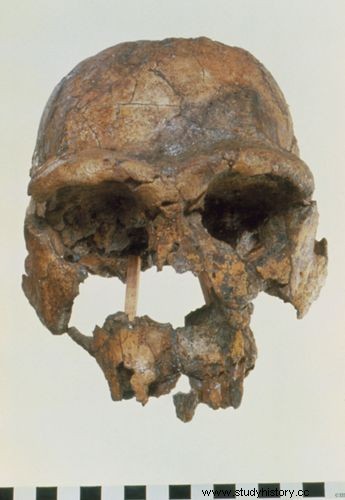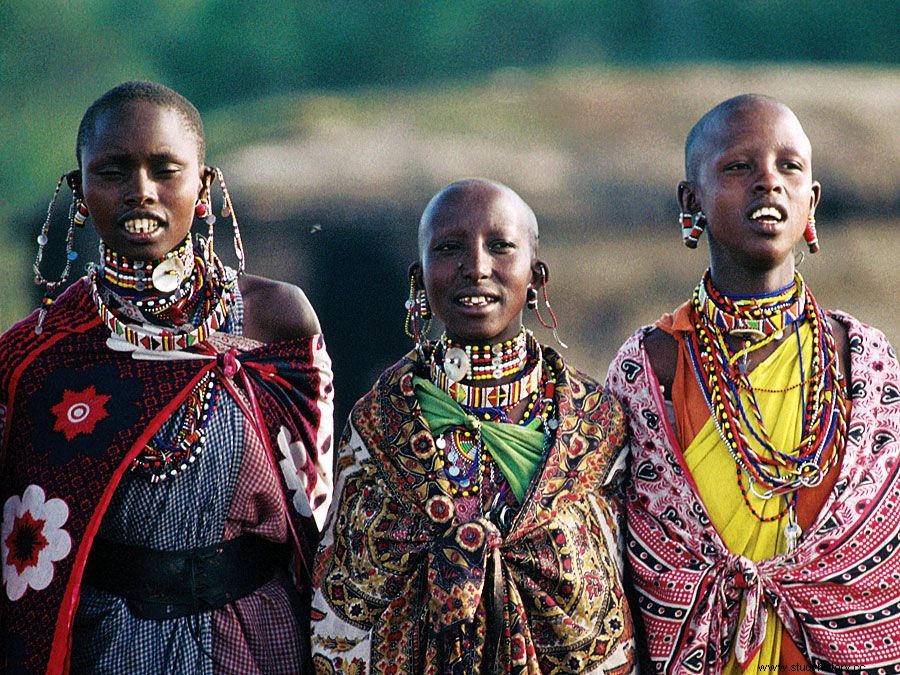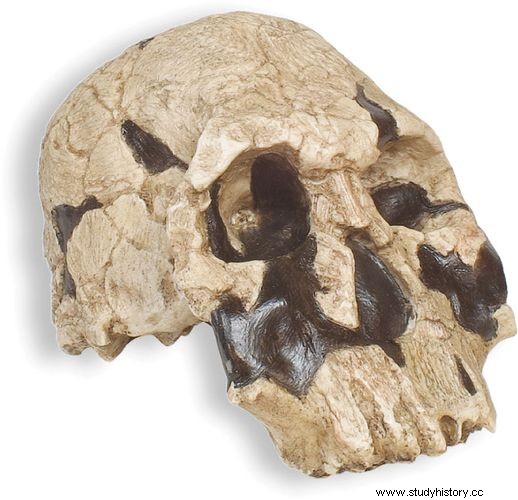Koobi Fora , a region of northern paleoanthropological sites Kenya in Proximity of the Turkana Sees (Rudolfsee ). The geological formation of the Koobi Fora consists of lake and river sediments from the eastern shore of Lake Turkana. Good condition hominin fossils from between 2.1 and 1.3 million years ago (mya) at least one Type by more robust australopith ( Paranthropus boisei ) and three types of Homo ( H. habilis , H. rudolfensis and Africans H. erectus (also called H. ergaster ). Stone tools from 2 mya resemble certain artifacts of Oldowan Industry from the Olduvai Gorge in Tanzania. The archaeological Notes from Koobi Fora go back as far as 1.4 mya, but are very few Acheulian hand axes .

 Britannica Quiz Exploring Africa:Fact or Fiction? Though this continent is teeming with natural resources and diverse wildlife, how much do you really know about Africa? Sort these facts from Cairo to Khartoum in this African odyssey.
Britannica Quiz Exploring Africa:Fact or Fiction? Though this continent is teeming with natural resources and diverse wildlife, how much do you really know about Africa? Sort these facts from Cairo to Khartoum in this African odyssey. Several other hominin species have been found in other fossiliferous areas west of Lake Turkana, including Kenyanthropus platyops (3.2 mya) with facial features similar to the controversial 1.9 million year old H. habilis- Skull KNM-ER 1470 - a skull in a way Australopithecus is similar to . The "Black Skull" of the robust Australopith occurs in sediments from 2.5 mya P. aethiopicus . Representatives of appear in later beds P. boisei (2.3-1.6 mya), H. habilis ( approx. 2 mya) and H. ergaster / erectus (1.6 mya) including a nearly complete skeleton of an 11-13 year old male named “ Turkana Boy . " A 1.44 million year old jawbone that H. habilis and a 1.55 million year old skull from H. erectus were found east of Lake Turkana. These fossils suggest that H. habilis and H. erectus coexisted in this location for a while. Oldowan tools have also been discovered near Lake Turkana in sediments estimated to be 2.34 million years old. Acheulean tools appear at 1.65 mya.

